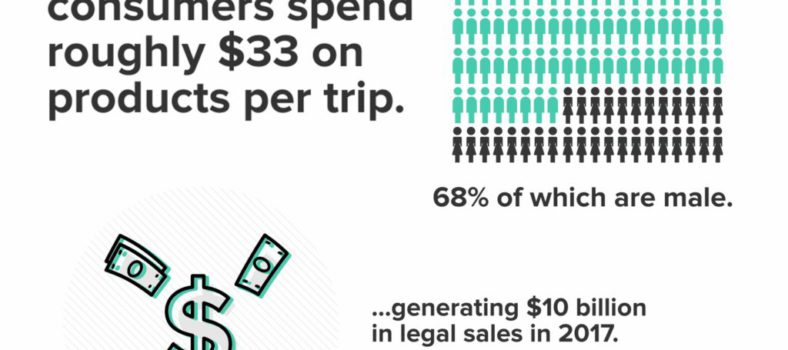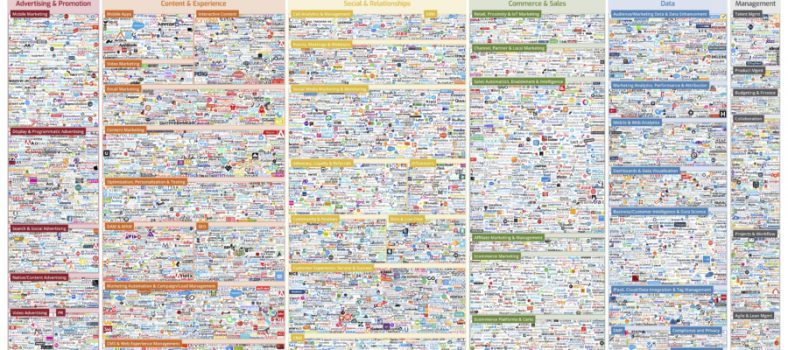As you prepare to spend the rest of the year gathering with family and eating copious amounts of ham and turkey, you’re most likely spending these final few work weeks buried in annual data reviews, strategic planning meetings and other discussions to help build momentum for your 2016 marketing strategy.
While all marketing decisions should be grounded in solid data on what has driven the bottom line for your business, it’s always important to pay attention to trends and forecasts in the industry that can help your team get ahead of the game. Here are three predictions that might cause major shifts in the way we market to consumers in 2016:
- The term “digital marketing” will become obsolete. There is no such thing as digital marketing, digital advertising, digital media,or digital strategy. It’s all just marketing. As 73% of U.S. households own a computer with Internet connection, your company presence must be equal parts digital and traditional.Prospects should be exposed to your brand via as many touchpoints as possible. Despite the expectation that digital strategy be a part of your overall marketing outlook, your specific plan should still include a focus on the channels your target audience frequents. For example, if your customers are predominantly males over the age of 55, emails, regular mail, and traditional advertising might resonate better, whereas millennials are far more likely to pay attention to a Pandora paid ad or sponsored Tweet.The key here is to understand that an overall marketing strategy must include a digital component. No more negotiations about budgets for digital and traditional marketing—they are now synonymous. The sooner businesses and marketing departments can unify the two, the quicker revenue will increase.
- Data analysis tools will come to maturity in 2016. Business intelligence (BI) tools became increasingly popular in 2014 when organizations realized there was an abundance of data they could leverage to scale their best marketing efforts.This data helped businesses make better strategic decisions, improve overall marketing efforts, and increase their bottom line.But mining, analyzing, and understanding the data still presents an issue. With the abundance of these tools also comes an abundance of data sludge to organize, and this can lead to a lot of clutter. Now that BI tools have been on the market for several years, solutions have been developed to both aggregate and analyze the data available. This takes the burden off many organizations—especially marketers, who only need the essential information about their customers to make real-time decisions about their marketing strategies.Furthermore, as discussed, we have moved away from the what or why, and now we need to know the how. With pinpointed data on how to customize marketing for different target markets, businesses can create tailored experiences for every target vertical.
- A new marketing game plan will emerge. In 2016, marketers will have to re-evaluate their overall game plan. A prospect’s journey is no longer linear or funnel-like, but rather multi-stage. It’s no longer a direct journey down the funnel; instead, consumers will need a variety of interactions with your brand via different mediums to convert to a paying customer.However, the challenge for marketers is they don’t actually know which of those interactions are best and how various tactics affect customer acquisition and qualified leads. The key will be to dig into data, hack through what’s working (to make smart decisions), evaluate what’s not working, and cut out unsuccessful efforts/tactics. To do this, it starts with the lead. To populate your sales funnel with more and better quality leads, try to centralize your lead capture and put metrics in place (like cost per lead or lead-to-sale conversion rate) that allow you to pinpoint your best strategies and scale them for more profitable lead capture.
What predictions or tactics are you planning to implement in 2016? What data have you uncovered to shape your strategy next year?
Chris Lucas is the VP of marketing for Formstack.





No Comment